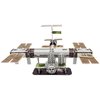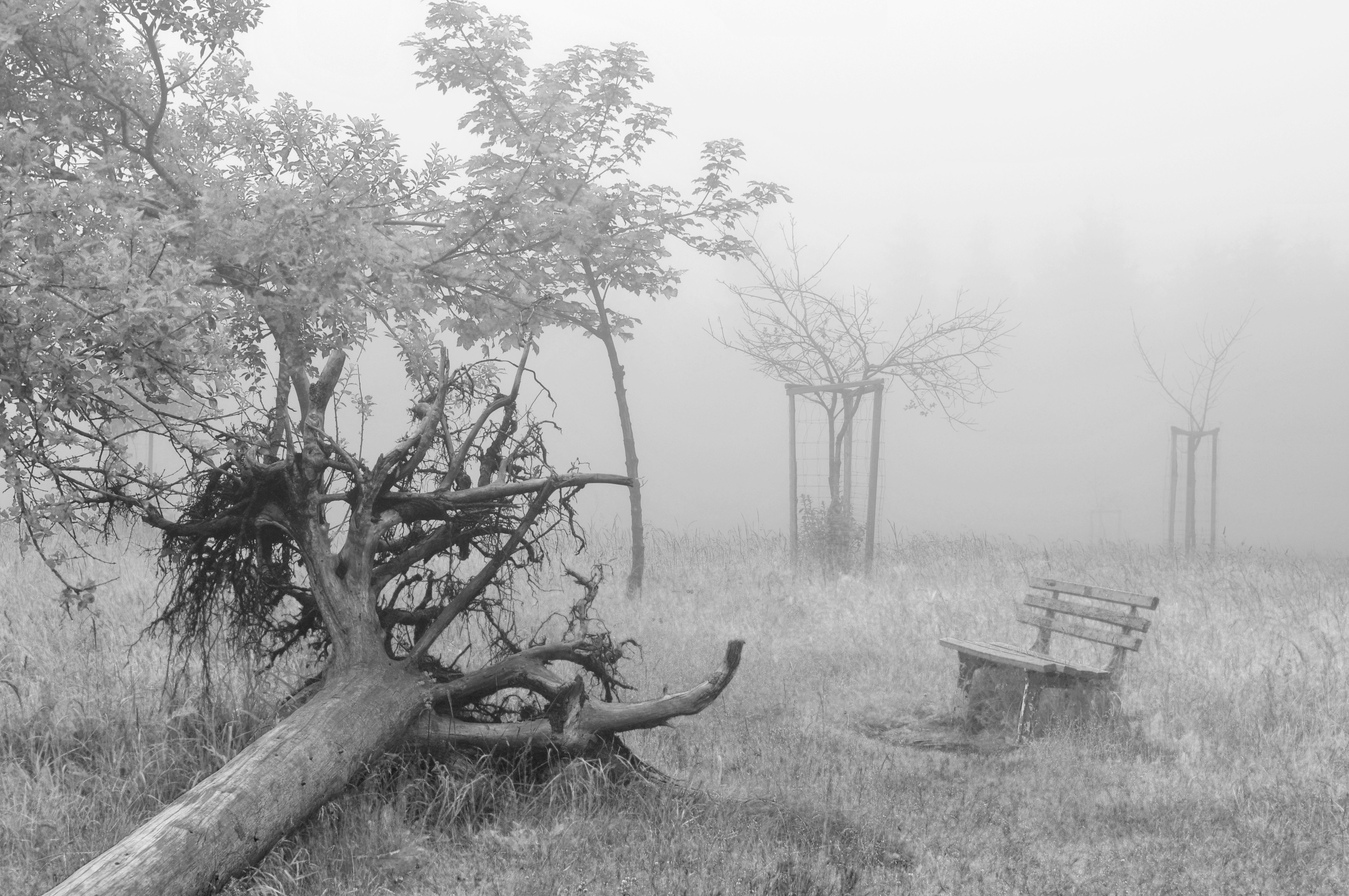Startseite Geschenk, Spiel, Lernen 3D Postkarten & Lesezeichen 3D Lesezeichen – Planeten des Sonnensystems (Deutsch)
Startseite Geschenk, Spiel, Lernen 3D Postkarten & Lesezeichen Zehn 2D Magnete – Kids Comic Planeten des Sonnensystems
Startseite Buchhandel & pkp Verlag pkp Verlag Kunst, Fotografie, Lyrik Licht & Tinte
Startseite Buchhandel & pkp Verlag pkp Verlag Erzählungen Geschichten aus dem Leseturm III
Startseite Buchhandel & pkp Verlag pkp Verlag Kinderbücher Der Spatzenjunge Flori
Startseite Buchhandel & pkp Verlag Kototama Books The Source of the Old and New Testaments
Startseite Buchhandel & pkp Verlag Kototama Books My Past Way of Budo. And other Essays
Startseite Buchhandel & pkp Verlag Kototama Books INOCHI. The Book of Life
Startseite Buchhandel & pkp Verlag Kototama Books The Real Sense of Natural Therapy
Startseite Buchhandel & pkp Verlag Kototama Books The Source of the Present Civilization
3D Lesezeichen – Planeten des Sonnensystems (Deutsch)
Artikel-Nr.: cg202-1Zubehör
| Produkt | Hinweis | Status | Preis | ||
|---|---|---|---|---|---|
|
3,24 € * |
Versandgewicht: 30 g
|
|||
|
3,24 € * |
Versandgewicht: 30 g
|
|||
|
25,00 € * |
Versandgewicht: 300 g
|
|||
|
2,69 € * |
Versandgewicht: 30 g
|
|||
|
2,66 € * |
Versandgewicht: 150 g
|
|||
|
1,35 € * |
Versandgewicht: 100 g
|
|||
|
2,70 € * |
Versandgewicht: 30 g
|
|||
|
5,67 € * |
Versandgewicht: 70 g
|
|||
|
*
Details zum Zubehör anzeigen
Netto-Preise zzgl. MwSt. & Versand |
|||||
Zu diesem Produkt empfehlen wir
Netto-Preise zzgl. MwSt. & Versand
Kunden, die dieses Produkt gekauft haben, haben auch diese Produkte gekauft
|
Versandgewicht: 30 g
|
Versandgewicht: 70 g
|
Versandgewicht: 30 g
|
Netto-Preise zzgl. MwSt. & Versand
Auch diese Kategorien durchsuchen: 3D Postkarten & Lesezeichen, Raumfahrt Geschenke, Spielen & Lernen, weltraumladen
Zehn 2D Magnete – Kids Comic Planeten des Sonnensystems
Artikel-Nr.: cg151Zubehör
| Produkt | Hinweis | Status | Preis | ||
|---|---|---|---|---|---|
|
3,24 € * |
Versandgewicht: 30 g
|
|||
|
3,24 € * |
Versandgewicht: 30 g
|
|||
|
2,70 € * |
Versandgewicht: 30 g
|
|||
|
2,69 € * |
Versandgewicht: 30 g
|
|||
|
2,66 € * |
Versandgewicht: 150 g
|
|||
|
1,35 € * |
Versandgewicht: 100 g
|
|||
|
5,88 € * |
Versandgewicht: 150 g
|
|||
|
*
Details zum Zubehör anzeigen
Netto-Preise zzgl. MwSt. & Versand |
|||||
Zu diesem Produkt empfehlen wir
Netto-Preise zzgl. MwSt. & Versand
Kunden, die dieses Produkt gekauft haben, haben auch diese Produkte gekauft
|
Versandgewicht: 30 g
|
Versandgewicht: 30 g
|
Netto-Preise zzgl. MwSt. & Versand
Auch diese Kategorien durchsuchen: 3D Postkarten & Lesezeichen, weltraumladen, Raumfahrt Geschenke, Spielen & Lernen, 2D Magnete
Licht & Tinte
Artikel-Nr.: pkp-1-457Zu diesem Produkt empfehlen wir
Netto-Preise zzgl. MwSt. & Versand
Auch diese Kategorien durchsuchen: pkp – Kunst, Fotografie, Lyrik, pkp – Buch veröffentlichen in zehn Schritten, Ingeborg Schmelz, Johanna Adler, Leseturm. Literaturkreis Merseburg, Pierre Kynast, Regina Oversberg, Tilo B. (Buschendorf), pkp Verlag
Geschichten aus dem Leseturm III
Artikel-Nr.: pkp-1-372Zu diesem Produkt empfehlen wir
Netto-Preise zzgl. MwSt. & Versand
Auch diese Kategorien durchsuchen: pkp – Erzählungen, Tilo B. (Buschendorf), Regina Oversberg, pkp – Buch veröffentlichen in zehn Schritten, Leseturm. Literaturkreis Merseburg, Pierre Kynast, pkp Verlag
Der Spatzenjunge Flori
Artikel-Nr.: pkp-1-242Zu diesem Produkt empfehlen wir
Netto-Preise zzgl. MwSt. & Versand
Auch diese Kategorien durchsuchen: pkp – Kinderbücher, pkp Verlag Autoren, Ingeborg Schmelz, pkp – Buch veröffentlichen in zehn Schritten, pkp Verlag
The Source of the Old and New Testaments
Artikel-Nr.: pkp-kb-440Netto-Preis zzgl. MwSt. & Versand
Zu diesem Produkt empfehlen wir
Netto-Preise zzgl. MwSt. & Versand
Kunden, die dieses Produkt gekauft haben, haben auch diese Produkte gekauft
|
Versandgewicht: 510 g
|
Versandgewicht: 150 g
|
Versandgewicht: 220 g
|
Netto-Preise zzgl. MwSt. & Versand
Auch diese Kategorien durchsuchen: Kototama Books von Mikoto Masahilo Nakazono, Buchhandel & pkp Verlag, Mikoto Masahilo Nakazono, pkp – Buch veröffentlichen in zehn Schritten, pkp – Philosophie
My Past Way of Budo. And other Essays
Artikel-Nr.: pkp-kb-402Netto-Preis zzgl. MwSt. & Versand
Zu diesem Produkt empfehlen wir
Netto-Preise zzgl. MwSt. & Versand
Kunden, die dieses Produkt gekauft haben, haben auch diese Produkte gekauft
|
Versandgewicht: 190 g
|
Versandgewicht: 510 g
|
Versandgewicht: 150 g
|
Netto-Preise zzgl. MwSt. & Versand
Auch diese Kategorien durchsuchen: Kototama Books von Mikoto Masahilo Nakazono, Buchhandel & pkp Verlag, Mikoto Masahilo Nakazono, pkp – Philosophie, pkp – Buch veröffentlichen in zehn Schritten
INOCHI. The Book of Life
Artikel-Nr.: pkp-kb-inochiNetto-Preis zzgl. MwSt. & Versand
Zu diesem Produkt empfehlen wir
Netto-Preise zzgl. MwSt. & Versand
Kunden, die dieses Produkt gekauft haben, haben auch diese Produkte gekauft
|
Versandgewicht: 510 g
|
Versandgewicht: 220 g
|
Versandgewicht: 150 g
|
Netto-Preise zzgl. MwSt. & Versand
Auch diese Kategorien durchsuchen: Kototama Books von Mikoto Masahilo Nakazono, Buchhandel & pkp Verlag, pkp Verlag Autoren, Mikoto Masahilo Nakazono, pkp – Philosophie, pkp – Buch veröffentlichen in zehn Schritten
The Real Sense of Natural Therapy
Artikel-Nr.: pkp-kb-433Netto-Preis zzgl. MwSt. & Versand
Zu diesem Produkt empfehlen wir
Netto-Preise zzgl. MwSt. & Versand
Kunden, die dieses Produkt gekauft haben, haben auch diese Produkte gekauft
|
Versandgewicht: 510 g
|
Versandgewicht: 220 g
|
Versandgewicht: 530 g
|
Netto-Preise zzgl. MwSt. & Versand
Auch diese Kategorien durchsuchen: Kototama Books von Mikoto Masahilo Nakazono, Buchhandel & pkp Verlag, Mikoto Masahilo Nakazono, pkp – Buch veröffentlichen in zehn Schritten, pkp – Philosophie
The Source of the Present Civilization
Artikel-Nr.: pkp-kb-426Netto-Preis zzgl. MwSt. & Versand
Zu diesem Produkt empfehlen wir
Netto-Preise zzgl. MwSt. & Versand
Kunden, die dieses Produkt gekauft haben, haben auch diese Produkte gekauft
|
Versandgewicht: 190 g
|
Versandgewicht: 150 g
|
Versandgewicht: 220 g
|
Netto-Preise zzgl. MwSt. & Versand
Auch diese Kategorien durchsuchen: Kototama Books von Mikoto Masahilo Nakazono, Buchhandel & pkp Verlag, Mikoto Masahilo Nakazono, pkp – Philosophie, pkp – Buch veröffentlichen in zehn Schritten










 3D Postkarte – Planeten des Sonnensystems (Deutsch)
3D Postkarte – Planeten des Sonnensystems (Deutsch) 3D Lesezeichen – Kids Comic Planeten des Sonnensystems (Deutsch)
3D Lesezeichen – Kids Comic Planeten des Sonnensystems (Deutsch) 10 Stück 3D Weltraum Magnete – Planeten des Sonnensystems
10 Stück 3D Weltraum Magnete – Planeten des Sonnensystems Design Set – Korkuntersetzer Sonnensystem, schwarz
Design Set – Korkuntersetzer Sonnensystem, schwarz Design Notizheft A5 – Sonnensystem
Design Notizheft A5 – Sonnensystem Design Notizheft A6 – Sonnensystem
Design Notizheft A6 – Sonnensystem 3D Lineal – Planeten des Sonnensystems
3D Lineal – Planeten des Sonnensystems Planetendatenscheibe Sonnensystem mit Lesezeichen (Deutsch)
Planetendatenscheibe Sonnensystem mit Lesezeichen (Deutsch)











 3D Lesezeichen – Kids Comic Planeten des Sonnensystems (Englisch)
3D Lesezeichen – Kids Comic Planeten des Sonnensystems (Englisch) 3D Lineal – Kids Comic Planeten des Sonnensystems DE, EN, FR
3D Lineal – Kids Comic Planeten des Sonnensystems DE, EN, FR Physisches 3D Puzzel – Sonnensystem & Planeten
Physisches 3D Puzzel – Sonnensystem & Planeten

































